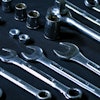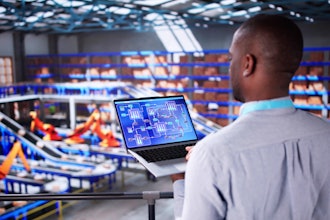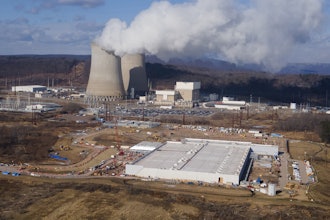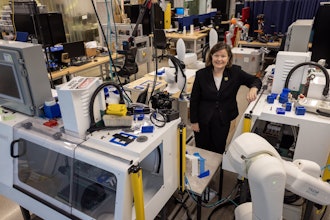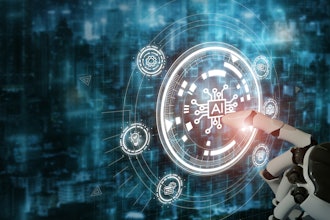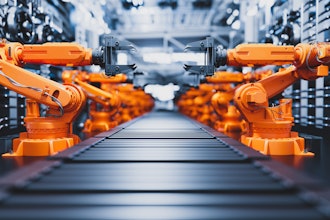This blog originally ran on the IDC Community blog. To view the original, click here.
Changing Manufacturing
It's a very exciting time for manufacturing - a manufacturing renaissance, when old ideas of manufacturing being about mass production are no longer true, and 3D printing and other technologies are changing the barriers to entry and economies of scale. Imagine if manufacturers no longer had to wait multiple years for a perfect location and a factory to be completed before they could start producing. What if production was more distributed throughout the value chain, to allow postponement right to the point of order, or to remove the delays in service that are caused by out of stock parts?
Given the fact that the companies we call manufacturers today do less and less of their own manufacturing, and are in many cases more like general contractors, will 3D printing change the way they work with their suppliers? To bring it down to fundamentals for manufacturers - 3D printing has the potential to help manufacturers take another step forward in productivity improvements, following other shop floor investments in automation and process improvements. Like robotics and other technology-based advancements in manufacturing, 3D printers are essentially a combination of IT - informational technology, and OT - operational technology, and manufacturers have to be good at using both.
3D Print in Action
The most obvious applications of 3D printers are in creating prototypes and in printing service parts across an extended service network. But there are many more examples - an exoskeleton for a woman paralyzed from the waist down, a 20 ft printer in Amsterdam printing rooms to a house, printed shoes I might even consider wearing, and a printed pizza that hopefully tastes better than it looks. More importantly, it's useful to identify examples of manufacturers elevating 3D printers to an essential role in production, including Daimler replacing sand-casting and die-casting processes to produce aluminum alloy based automotive parts and GE using 3D printers to make fuel nozzles for jet engines, a process that used to require assembling multiple parts.
Connecting Design and Production for Digital Execution
Although we think of 3D printers as being all about the production, we still need to invest in the design, or at least a design that is suitable for a 3D printer. 3D printers strengthen the connection between digital design and physical production, and we need to consider what that means for the quality, ownership, portability, and IP protection of that design, not just the produced goods. I think we also need to consider how we maintain that connection between the good and the printer. Manufacturers are facing increasing transparency and traceability requirements all the time; we may need to know exactly which printer made a specific product or part.
And finally, while we know that more technology advancements in 3D printing are still to come in capabilities, materials, speed, and more, Keith can tell you - supply and demand for 3D printers is growing rapidly. And I would like you to know -- this is digital execution, and 3D printing is definitely part of the manufacturing renaissance.
Let me know how you're considering using 3D printers, by emailing me at [email protected] or leaving me a message here in our community.


